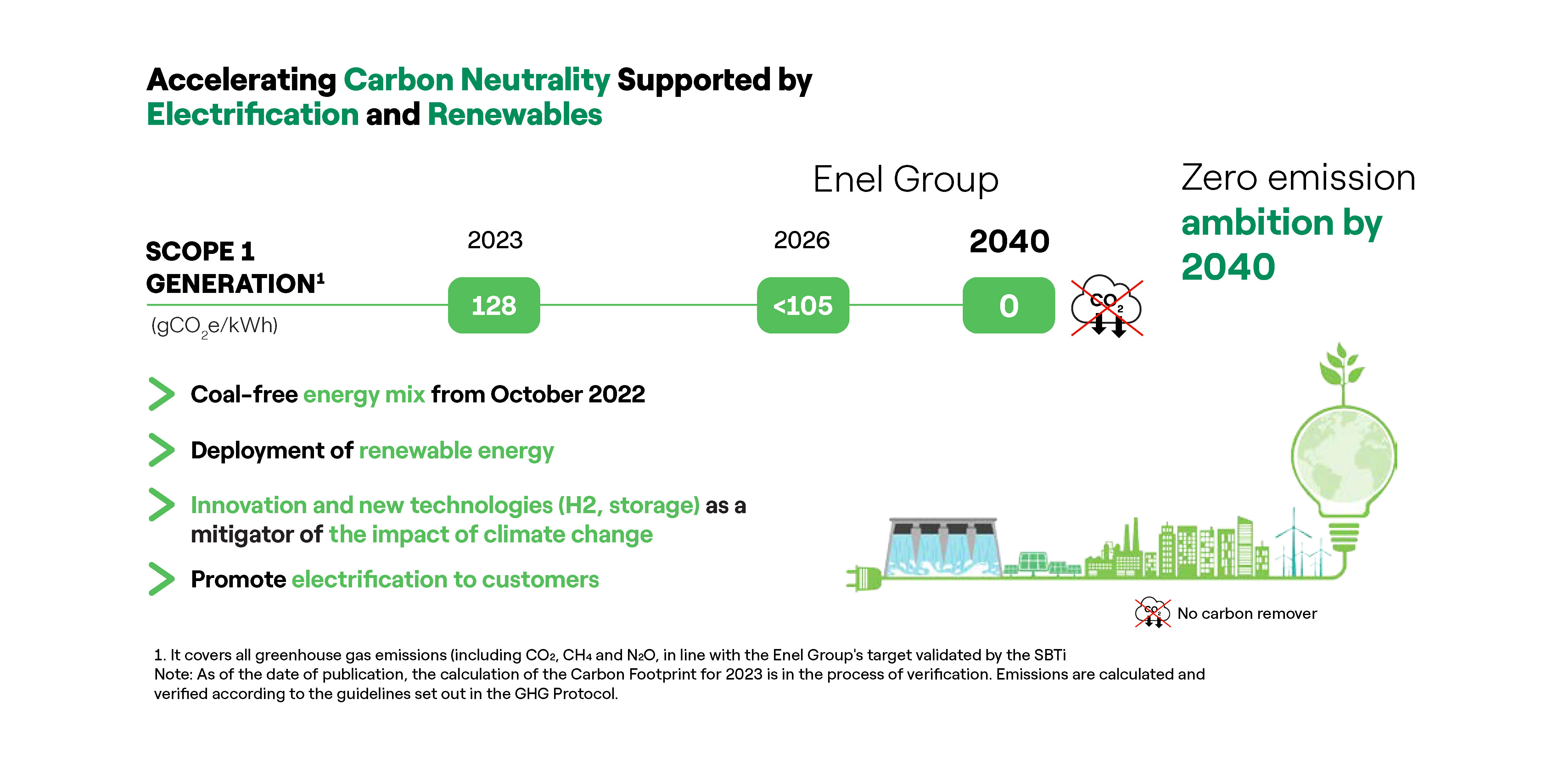According to our investment plan, we will allocate $2.3 billion for the period 2024-2026. Continuing with our strategy started a few years ago, this investment will focus mainly on the generation business through renewable development, to add 1.3 GW of capacity by the end of 2026, strengthening the profitability of our commercial strategy. Most projects will be delivered through a partnership to continue driving decarbonization while maintaining a comfortable and healthy financial position.
We will allocate more than $300 million to continue improving our networks, their quality of service and resilience, and our wide range of products and services, increasingly in line with the evolution of our customers' needs.









